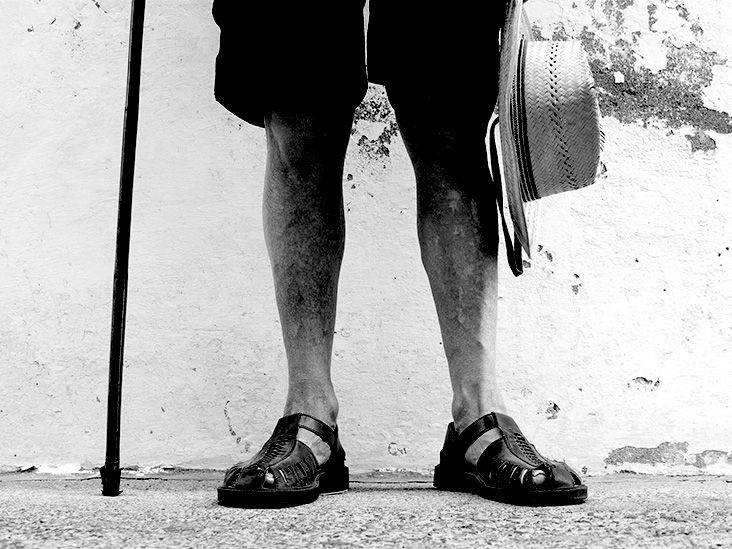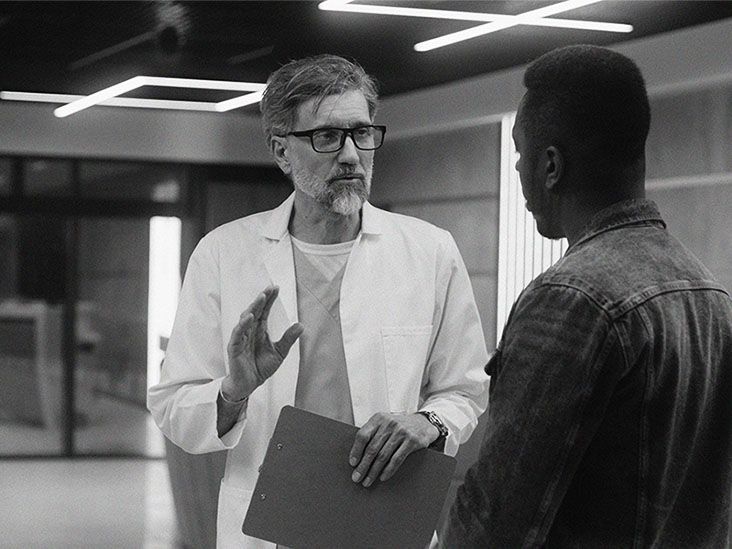Wondering what the most common treatment for testicular cancer is? It's usually surgery an orchidectomy followed by chemo, radiation or surveillance based on how far the disease has spread.Why does the plan matter? Because each choice balances a very high cure rate (over 95% for early stages) with potential sideeffects like fertility changes, so understanding the options helps you make a confident decision.
Why Symptoms Matter
Early signs you shouldn't ignore
If you feel a painless lump, swelling, or a dull ache in the groin, it's time to listen. Other clues include a sudden buildup of fluid in the scrotum or a feeling of heaviness. One of my friends, John, noticed a tiny, painless bump at 28 and got checked out within a couple of weeks. He's now cancerfree and still jokes that the "lump" saved his life.
Common causes & risk factors
Most cases show up in men aged2035, but a few things can raise the odds: an undescended testicle, a family history of the disease, prior cancers, or certain genetic conditions. According to the National Cancer Institute, men with a history of cryptorchidism face a twotothreefold increased risk.
How symptoms guide treatment
When the tumor is caught early (stageI), surgeons often just remove the affected testicle and then monitor. If scans show the cancer has spread to nearby lymph nodes or beyond, chemotherapy or radiation joins the plan. In short, the sooner we catch those early signs, the simpler the treatment can be.
Main Treatment Options
Surgery (Orchidectomy) The cornerstone
What the procedure looks like
Surgeons make an incision in the groin (never directly in the scrotum) and remove the whole testicle. This approach reduces the chance of cancer cells spreading during the operation. Some men choose a prosthetic implant afterward to keep the scrotum looking natural.
When partial removal is possible
Partial orchidectomy is rare and usually reserved for benign lumps. If a tumor looks suspicious but imaging suggests it's confined, a surgeon may take a biopsy first, but most cancer cases need the whole organ removed.
Postsurgery recovery tips
Expect a few days of soreness, a light bandage, and limited heavy lifting for about two weeks. Gentle walking helps circulation, and most men are back to work within 1014days. Keep the incision clean, and call your doctor if you notice increasing redness or fever.
Chemotherapy
When chemo is recommended
After surgery, doctors often suggest chemo for stageIIIII disease or for certain highrisk stageI tumors. It's also the goto for metastatic cancer that's spread beyond the testicle.
Common regimens
| Regimen | Drugs | Typical Cycles |
|---|---|---|
| BEP | Bleomycin, Etoposide, Cisplatin | 34 cycles, every 3 weeks |
| EP | Etoposide, Cisplatin | 4 cycles, every 3 weeks (used when bleomycin is contraindicated) |
Managing sideeffects
Chemo can bring nausea, fatigue, and a ringing in the ears. Staying hydrated, eating small frequent meals, and using antinausea meds prescribed by your oncologist make a big difference. And if you're thinking about starting a family, talk about sperm banking before the first infusion a single session can preserve enough sperm for future attempts.
Radiotherapy
Which patients need it
Radiation is mainly used for seminomas that have spread to the retroperitoneal lymph nodes. It's less common for nonseminoma types.
What to expect
Typical courses involve daily sessions over 45weeks, each lasting just a few minutes. Skin may feel a little sore, and doctors will monitor blood counts regularly. Longterm risks include a tiny increase in secondary cancers, but those are weighed against the high cure rates.
LymphNode Surgery & Surveillance
Retroperitoneal lymphnode dissection (RPLND)
When imaging shows enlarged nodes that didn't respond to chemo, surgeons may remove them through an abdominal incision. Modern nervesparing techniques reduce the chance of ejaculatory problems, but the recovery can be more involved than a simple orchidectomy.
Active surveillance
Some stageI patients opt to skip immediate chemo or radiation. Instead, they undergo regular blood tests for tumor markers, CT scans, and physical exams. If anything pops up, treatment starts promptly. This approach spares many men from unnecessary sideeffects.
Emerging & Complementary Options
Highdose chemotherapy followed by stemcell rescue is an option for relapsed disease, though it's usually reserved for clinical trials. Speaking of trials, the ClinicalTrials.gov database lists dozens of ongoing studies that could offer cuttingedge therapies. While some patients explore yoga, meditation, or herbal supplements for stress relief, it's crucial to discuss any complementary approach with your oncology team first otherwise you might unintentionally interfere with treatment.
Choosing the Right Treatment
Factors to weigh
Every man's situation is unique. Here's a quick cheatsheet:
- Cancer type & stage seminoma vs nonseminoma, and how far it's spread, dictate the core plan.
- Overall health heart or kidney issues can affect chemo tolerance.
- Fertility goals If you want children, discuss sperm banking and hormone monitoring early.
- Lifestyle & support A strong support network often eases the emotional toll of treatment.
Decisionmaking checklist
Feel free to print this out or save it on your phone:
- What are the exact stage and histology of my tumor?
- What are the shortterm and longterm sideeffects of each option?
- Do I need to see a fertility specialist before starting?
- Can I get a second opinion from a highvolume center? (Studies show better outcomes at hospitals that treat many testicularcancer patients.)
- What followup schedule will I need after treatment?
Reallife decision story
Mark, 29, was diagnosed with stageI nonseminoma. He chose surgery followed by active surveillance because he wanted to avoid chemo's impact on his future family plans. Six months later, his tumor markers remained normal, and he returned to his marathon training. Meanwhile, Alex, also 29 but with stageII disease, opted for surgery plus two cycles of BEP chemo. He experienced temporary fatigue and nausea, but his scans are now clear, and he's focusing on rebuilding strength. Both paths led to cure the key was matching the plan to personal priorities.
Recovery & FollowUp
Shortterm sideeffects
After surgery, expect mild pain around the incision, some swelling, and a few days of limited activity. Chemo brings more systemic reactions think fatigue, occasional hair loss, and occasional taste changes. Staying hydrated, eating nutrientdense foods, and getting plenty of rest can smooth the road.
Longterm concerns
Fertility is the big one. Even after a single round of BEP, up to 30% of men may see reduced sperm counts. That's why sperm banking before any treatment is a smart move (most fertility clinics can freeze and store samples for years). Hormone levels, especially testosterone, can also dip over time; periodic blood tests help catch any deficiencies early, and hormone replacement is an option if needed.
Followup schedule
Guidelines from the NHS and American Cancer Society recommend:
- Blood tumormarker tests (AFP, hCG, LDH) every 23months for the first year.
- CT scans of the abdomen and pelvis at 3month intervals for the first two years, then less frequently.
- Physical exams and scrotal checks at each oncology visit.
Sticking to this schedule is essential most recurrences show up within the first two years, and early detection means simpler salvage treatments.
Support resources
No one should navigate this alone. The American Cancer Society offers free counseling, while the NHS website lists local support groups and helplines. Online forums can also be a safe space to share experiences, ask questions, and hear stories from men who've been where you are now.
Bottom Line & Next Steps
Early detection is the gateway to the simplest, most effective treatment usually surgery, followed by a tailored plan that might include chemo, radiation, or careful surveillance. Your personal goals, especially around fertility and lifestyle, are just as important as the clinical facts. Talk openly with a multidisciplinary team, consider a second opinion if it feels right, and don't forget to explore spermbanking options if you hope for children later.
Remember, you don't have to walk this path alone. Download our quickcheck checklist, reach out to a specialist, or share your thoughts in the comments below. What questions do you have about testicular cancer treatment? Let's keep the conversation going together we're stronger.
FAQs
What is the first step in treating testicular cancer?
The initial step is usually a radical inguinal orchidectomy, where the affected testicle is removed through an incision in the groin. This procedure provides tissue for accurate staging and helps prevent cancer spread.
How does chemotherapy affect fertility and what can be done?
Chemotherapy, especially regimens containing cisplatin, can lower sperm production in up to 30 % of patients. Sperm banking before the first infusion is recommended for men who wish to preserve the option of having children later.
When is active surveillance a safe option?
Active surveillance is appropriate for many stage I patients with low‑risk tumors (especially seminomas) who prefer to avoid immediate chemo or radiation. It involves regular tumor‑marker blood tests, imaging, and physical exams to catch any recurrence early.
What are common side effects of radiation therapy for testicular cancer?
Radiation to the retro‑peritoneal lymph nodes can cause skin redness, fatigue, temporary nausea, and a small increase in the long‑term risk of secondary cancers. Blood counts are monitored closely during treatment.
How often are follow‑up appointments required after treatment?
Guidelines suggest tumor‑marker tests every 2–3 months during the first year, CT scans of the abdomen/pelvis every 3 months for the first two years, then at longer intervals. Physical exams are performed at each oncology visit.
Disclaimer: This article is for informational purposes only and does not constitute medical advice. Always consult with a healthcare professional before starting any new treatment regimen.
Related Coverage
Orchiectomy recovery: 2‑3 weeks for tasks, swelling eases by week 4. Get a plan for pain control, wound care, and return to work....
Explore the latest testicular cancer survival stats, key factors that affect outcomes, and practical steps you can take now....
Get detailed info on the most common testicular cancer treatment, side effects, fertility options, and recovery expectations....
Find ways to protect testicular cancer fertility with sperm banking, onco‑TESE and monitoring, keeping future family plans alive....
Learn how a testicular cancer hereditary family history boosts risk, the main genes involved, and easy steps for early detection....
Learn when testicular cancer age peaks, key symptoms, and how early detection at any age can achieve over 95% cure rates....
non-seminoma testicular cancer often shows a painless lump in men 15‑35; learn symptoms, tests, treatment options and cure rates....
Spot vital testicular cancer signs – learn the five key symptoms, when to see a doctor, and a quick self‑exam to catch issues....
Chop and go nutrition meal prep makes eating healthy fast and easy. Do some simple prep on weekends to set up easy meals all week long. Learn tips and ideal foods....








